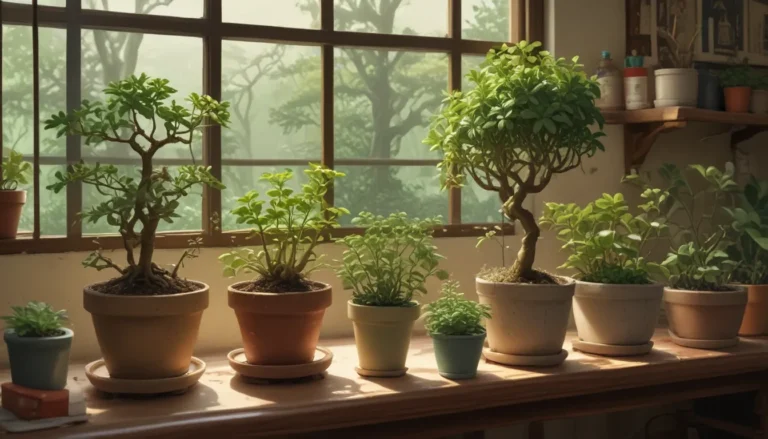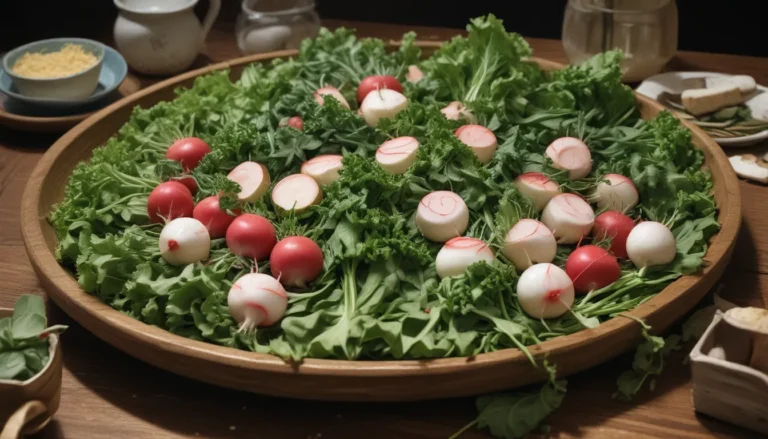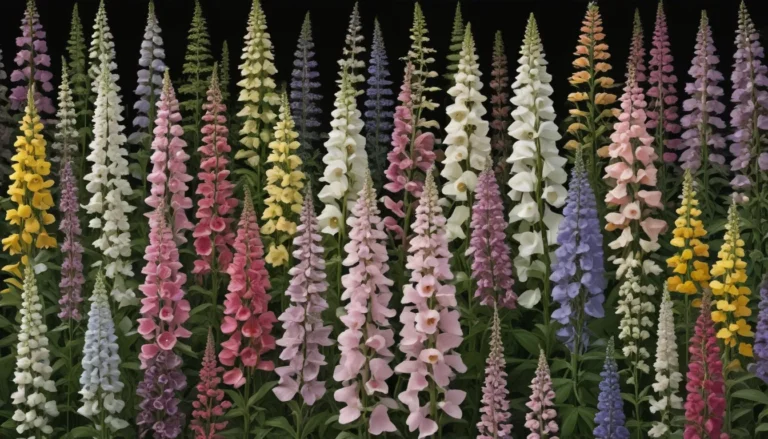Why Shasta Daisies May Fail to Bloom: A Comprehensive Guide

Shasta daisies, those delightful sun-loving perennials, are a lovely addition to any garden. They attract pollinators and provide a beautiful late-season display of flowers. But what happens when your Shastas fail to bloom? Don’t worry, we’ve got you covered. In this guide, we will explore the reasons behind this issue and what you can do to fix it.
So, if you’re a proud Shasta daisy owner, keep on reading to find out why your blooms may be missing and how to ensure a lush flowering season in the future.
Why Aren’t My Shastas Blooming?
Let’s dive into seven common reasons why your Shasta daisies may fail to bloom:
-
Age: Mature plants need to be divided every two to three years to promote optimal flowering.
-
Excess Nitrogen: High levels of nitrogen in the soil can lead to lush foliage and fewer flowers.
-
Growth Disruption: Stressful experiences like late pruning or division can hinder blooming.
-
Inadequate Sunlight: Shastas require full sun to thrive and produce abundant blooms.
-
Oversaturation: Waterlogged soil can lead to root rot and prevent blooming.
-
Timing: Patience is key, as Shastas typically bloom from July to September.
-
Weather Extremes: Extreme weather conditions like drought or frost can impact blooming.
Solutions for Blooming Success
Now that we’ve identified the potential culprits behind your Shasta daisies’ lack of blooms, let’s explore some practical solutions:
Division and Maintenance
-
Divide older plants: Divide overcrowded plants in early spring to promote healthy growth and flowering.
-
Avoid excessive nitrogen: Use a fertilizer with a lower nitrogen content to prevent excessive foliage growth.
-
Monitor for pests and pathogens: Be vigilant for pests and diseases that can disrupt plant growth and blooming.
Light and Water Management
-
Provide adequate sunlight: Ensure your Shastas receive at least six hours of full sun per day for optimal blooming.
-
Avoid oversaturation: Plant in well-draining soil and water sparingly to prevent root rot.
-
Monitor watering: Use a moisture meter to gauge watering needs and provide supplemental water during dry spells.
Timing and Weather Considerations
-
Be patient: Allow your Shasta daisies time to bloom within the typical July to September timeframe.
-
Protect from extreme weather: Insulate plants during frost events and provide shade during heatwaves to prevent moisture stress.
By following these proactive steps, you can set your Shasta daisies up for a successful blooming season and enjoy a vibrant garden display.
Let Your Daisies Shine
Shasta daisies are a delightful addition to any garden, and with the right care, they can bloom abundantly to brighten your outdoor space. Take the time to assess your plants, address any underlying issues, and implement the necessary steps to support healthy growth and blooming.
So, if you’ve been wondering why your Shastas aren’t blooming, use this guide to troubleshoot and revitalize your floral display. With a little TLC and proper maintenance, your Shasta daisies will soon be bursting with beautiful blooms.
Have you faced challenges with your Shasta daisies? Share your experiences in the comments below for fellow gardeners to learn from.
And if you found this article helpful, be sure to explore our other guides on growing daisies at home, including tips on Gerbera daisies and Cape daisies. Happy gardening!
Additional Resources
- How to Grow and Care for Gerbera Daisies
- How to Grow Cape Daisies (Osteospermum)
- How to Grow and Care for Painted Daisies
In conclusion, understanding why your Shasta daisies may fail to bloom is the first step towards nurturing healthy, vibrant plants in your garden. By addressing key factors such as age, nutrient levels, sunlight exposure, and weather considerations, you can create an optimal environment for your daisies to thrive. Remember, a little attention and care go a long way in fostering flourishing blooms and creating a picturesque garden landscape. Happy gardening!





